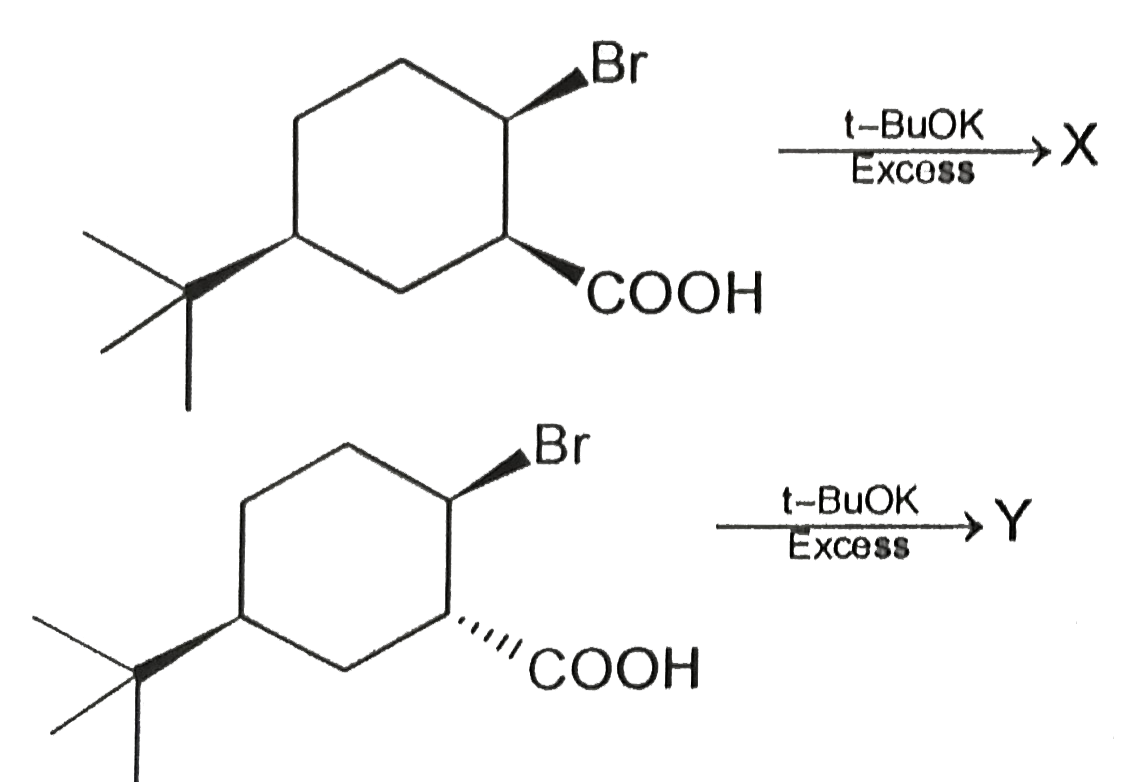Which of the following options has the correct pair of nephron parts that maintain pH and ionic balance of blood?
Proximal convoluted tubule and Henle's loop
Distal convoluted tubule and collecting duct
Proximal convoluted tubule and glomerulus
collecting duct and Henle's loop
The correct Answer is:B
To solve the question regarding which nephron parts maintain pH and ionic balance of blood, we can follow these steps:
1. Understand the Function of Nephrons: Nephrons are the functional units of the kidney, responsible for filtering blood and forming urine. They play a crucial role in maintaining homeostasis, including pH and ionic balance.
2. Identify Key Nephron Parts: The nephron consists of several parts, but the two most relevant to maintaining pH and ionic balance are the Distal Convoluted Tubule (DCT) and the Collecting Duct.
3. Role of Distal Convoluted Tubule (DCT): The DCT is involved in the reabsorption of sodium ions, bicarbonate ions, and water. This reabsorption helps regulate the pH of the blood and maintain ionic balance.
4. Role of Collecting Duct: The Collecting Duct also plays a significant role in maintaining ionic balance. It is responsible for the reabsorption of water and the selective secretion of potassium and hydrogen ions. This process further assists in regulating the blood's pH and ionic concentration.
5. Conclusion: Based on the functions of the DCT and Collecting Duct, we can conclude that the correct pair of nephron parts that maintain pH and ionic balance of blood is the Distal Convoluted Tubule and the Collecting Duct.
Final Answer:
The correct answer is the Distal Convoluted Tubule and the Collecting Duct.
---
The correct answer is the Distal Convoluted Tubule and the Collecting Duct.
Topper's Solved these Questions
- BOOK - NCERT FINGERTPS ENGLISHCHAPTER - EXCRETORY PRODUCTS AND THEIR ELIMINATIONEXERCISE - Assertion & Reason15videos
EXCRETORY PRODUCTS AND THEIR ELIMINATION
- BOOK - NCERT FINGERTPS ENGLISHCHAPTER - EXCRETORY PRODUCTS AND THEIR ELIMINATIONEXERCISE - Excretory Products And Their Elimination133videos
EXCRETORY PRODUCTS AND THEIR ELIMINATION
- BOOK - NCERT FINGERTPS ENGLISHCHAPTER - DIGESTION AND ABSORPTIONEXERCISE - Digestion And Absorption137videos
DIGESTION AND ABSORPTION
- BOOK - NCERT FINGERTPS ENGLISHCHAPTER - LOCOMOTION AND MOVEMENTEXERCISE - Locomotion And Movement139videos
LOCOMOTION AND MOVEMENT
Similar Questions
Knowledge Check
- Question 1 - Select One
Which of the following option is not correct ?
A2.300+0.02017+0.02015=2.340B126, 000 has 3 significant figures.C15.15μs=1.515×10−5 sD0.0048=48×10−3 - Question 2 - Select One
Which of the following options is correct ?
AStenothermal organismEurythermal organismFrogLizardBStenothermal organismEurythermal organismFrogManCStenothermal organismEurythermal organismManLizardDStenothermal organismEurythermal organismPolar bearCoconut tree - Question 3 - Select One
Which of the following options is correct ?
AStenothermal organismEurythermal organismFrogLizardBStenothermal organismEurythermal organismFrogManCStenothermal organismEurythermal organismManLizardDStenothermal organismEurythermal organismPolar bearCoconut tree


 Which of the following options is correct ?
Which of the following options is correct ?